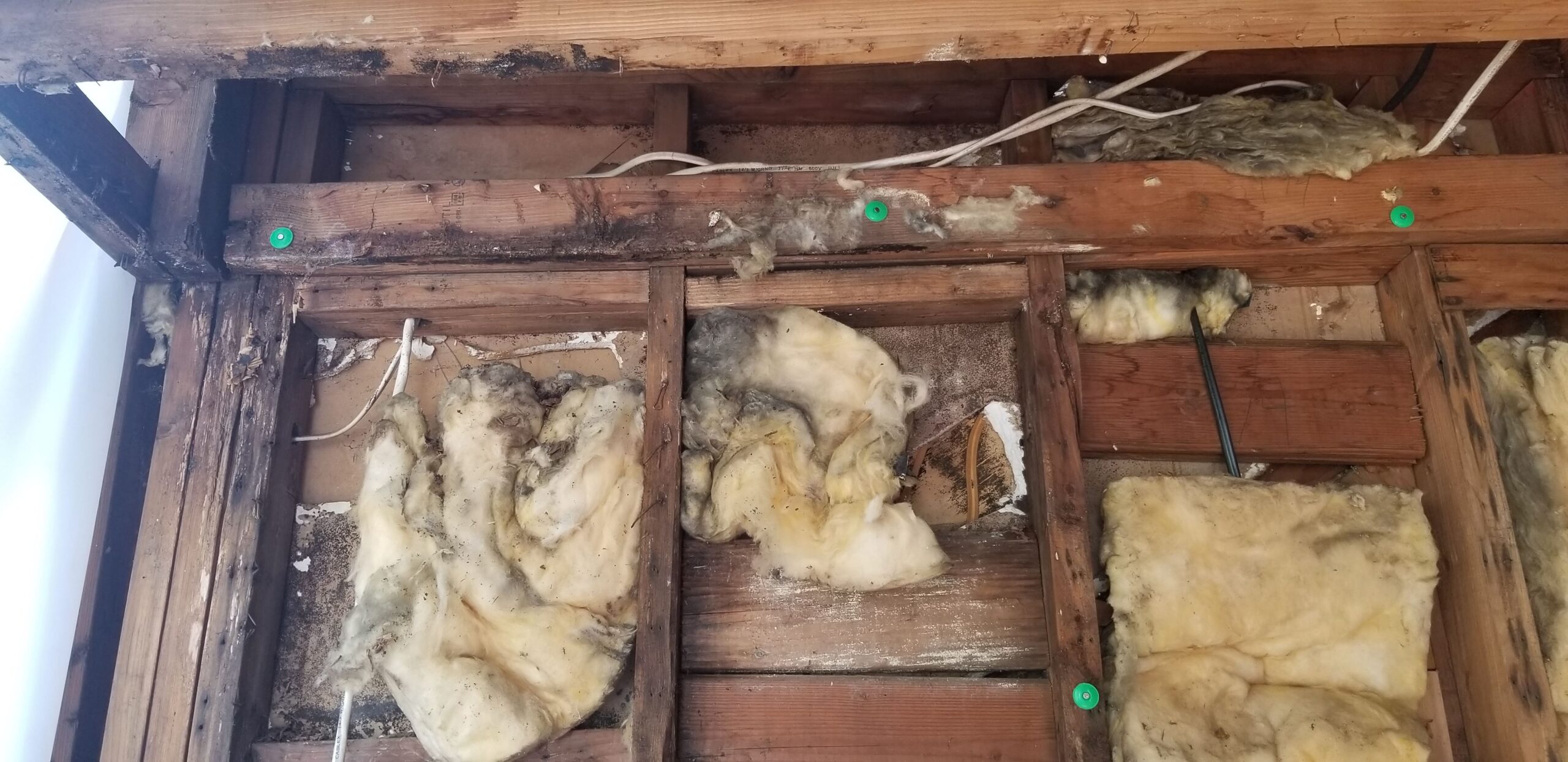
17 Aug Black Mold. Learn How It Can Go From Harmless to Deadly
While all black mold will cause some side effects, there are some molds that have less severe side effects. These molds include alternaria, pithomyces and nigrospora.
These medications can cause side effects such as increased allergy and asthma symptoms, itchy skin, stuffy nose, watery eyes and wheezing. The effects could be worse if you have a weak immune response.
These molds are black in color, so don’t mix them with toxic black mold. Even if there are no side effects (which is very rare), it’s best to get rid of them immediately. It is important to get rid of mold as soon as possible. If left, it could grow and become more difficult to remove.
Black Mold is a dangerous type
Molds of any kind can be hazardous. How dangerous are they? Penicillium and Fusarium are some of the most dangerous molds. Although none of these molds can cause death, they can still be very dangerous. Mold can be transmitted by touching, breathing, and eating. These molds can cause mild allergic reactions, asthma, respiratory problems, infections in the liver, kidneys, and lung.
If you stay infected for too long, the effects can be even worse. These molds are not only dangerous, but can also be caused by water damage.
There could be a larger problem than you initially thought. To prevent further damage, mold must be addressed immediately.
Black Mold can cause death
There are very few types of Deadly Molds. Black Mold is one of the most dangerous types of mold. Black mold, also known as Stachybotrys Chartarum, can cause side effects such as chronic coughing, fatigue and sneezing.
These are temporary effects. Long-term effects could include nerve system disorders, heart disease, blood clotting problems, nausea, vomiting, and bleeding in the lungs or nose.
Black mold can have serious health effects. Black mold should not be confused with black-colored mold. Toxic black mold can be dark black or dark green. Most commonly, it is found in attics.
Black mold can be caused by poor ventilation, flooding, leaks and blocked attic vents. To prevent black mold, make sure you’re following all safety precautions. Although black mold isn’t very common, it should be checked if you suspect it.

